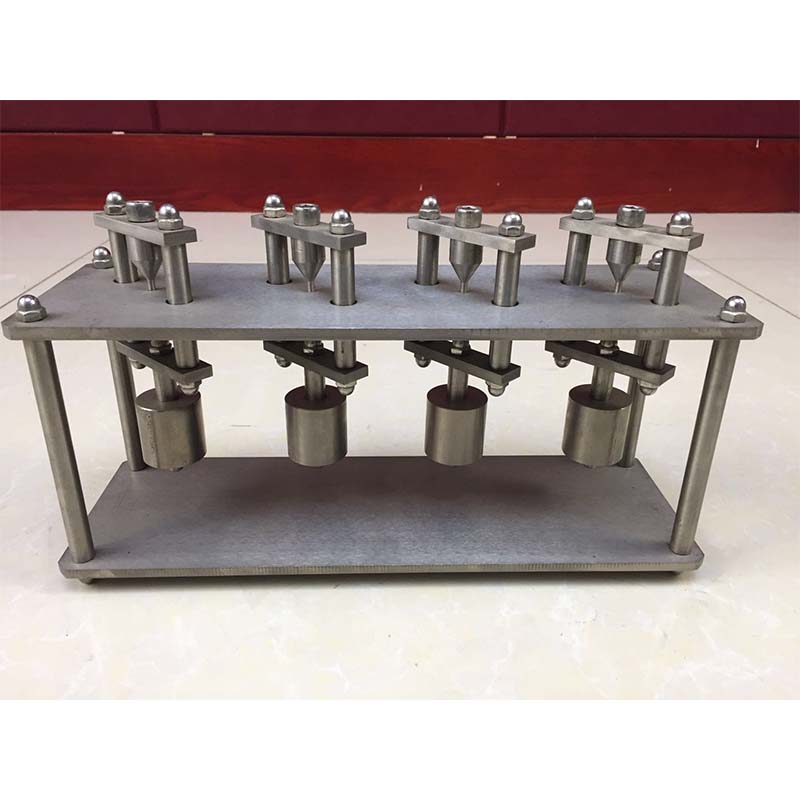Evaluating Smoke Density in Chamber Testing for Enhanced Safety Standards
Smoke Density Chamber Test An Overview
The smoke density chamber test is an essential assessment technique used to evaluate the smoke production characteristics of materials when subjected to combustion. As fire safety regulations become increasingly stringent, understanding how materials behave in fire conditions is crucial for ensuring the safety and integrity of structures and products. This testing method plays a vital role in various industries, including construction, transportation, and manufacturing.
The primary purpose of the smoke density chamber test is to quantify the amount of smoke generated by a material during burning. Smoke, a byproduct of combustion, can be hazardous to occupants in a building and can contribute significantly to the development and spread of fires. Hence, assessing the smoke density helps in predicting how quickly smoke will accumulate and how visibility will be impacted in the event of a fire.
The smoke density chamber itself is a controlled environment designed to capture and analyze the smoke emissions from a test sample. The test is typically conducted by placing a sample of the material in a combustion chamber, where it is exposed to a standardized heat source. As the material combusts, the chamber measures the density of the smoke produced over a specified time. This is often done using optical smoke density meters, which can provide real-time data on smoke concentration.
smoke density chamber test

The results obtained from the smoke density chamber test are usually expressed in terms of specific smoke density values, which can inform building codes and safety regulations
. Lower smoke density values indicate materials that generate less smoke, thus promoting safer environments in the event of a fire. Consequently, architects, engineers, and manufacturers often use these results to select materials that minimize fire risks, thereby enhancing overall safety.In addition to its role in regulatory compliance, the smoke density chamber test is also instrumental in research and development. Manufacturers use this testing method to improve existing materials or develop new ones with better fire performance characteristics. The ability to predict and mitigate smoke hazards can lead to innovations in materials that cater to safety-conscious consumers and industries.
One notable standard for conducting the smoke density chamber test is the ASTM E662, which outlines specific procedures and requirements for obtaining reliable results. Compliance with such standards not only ensures consistency in testing but also facilitates product acceptance across different markets.
In summary, the smoke density chamber test is a critical component of fire safety assessments. By quantifying the smoke produced by materials during combustion, this test helps to inform safety standards and best practices across multiple industries. As fire safety continues to be a priority in design and manufacturing, the smoke density chamber test remains an indispensable tool in the evaluation and selection of materials, ultimately contributing to the protection of lives and property.
-
Why the Conductor Resistance Constant Temperature Measurement Machine Redefines Precision
NewsJun.20,2025
-
Reliable Testing Starts Here: Why the High Insulation Resistance Measuring Instrument Is a Must-Have
NewsJun.20,2025
-
Flexible Cable Flexing Test Equipment: The Precision Standard for Cable Durability and Performance Testing
NewsJun.20,2025
-
Digital Measurement Projector: Precision Visualization for Modern Manufacturing
NewsJun.20,2025
-
Computer Control Electronic Tensile Tester: Precision and Power for the Modern Metal Industry
NewsJun.20,2025
-
Cable Spark Tester: Your Ultimate Insulation Assurance for Wire and Cable Testing
NewsJun.20,2025
 Copyright © 2025 Hebei Fangyuan Instrument & Equipment Co.,Ltd. All Rights Reserved. Sitemap | Privacy Policy
Copyright © 2025 Hebei Fangyuan Instrument & Equipment Co.,Ltd. All Rights Reserved. Sitemap | Privacy Policy
